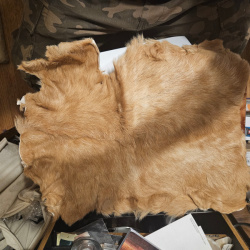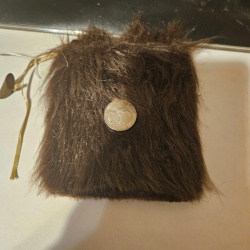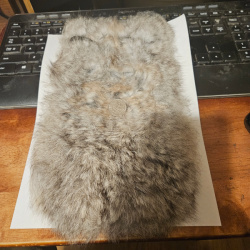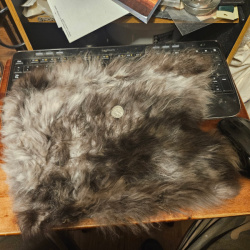Latest Products
-
 Goat Hide - Tan
$100.00
Goat Hide - Tan
$100.00 -
 Rabbit Fur Medicine Pouch
$10.00
Rabbit Fur Medicine Pouch
$10.00 -
 Large Rabbit Fur Bag / Pouch
$35.00
Large Rabbit Fur Bag / Pouch
$35.00 -
 Rabbit Hide (Long Fur)
$50.00
Rabbit Hide (Long Fur)
$50.00
Mimosa Bark - Mimosa hostilis
1 OzNative Use:
The Aztecs already knew of the Mimosa tree during pre-Columbian times. The name Tepeszohuite, which is now common in Mexico is derived from the Aztec tepus-cuahuitl “metal tree,” a reference to the tree’s extremely hard wood. Until recently it was thought that the Jurema cult had died out, but it is now experiencing a great renaissance.
For many centuries, the Aztecs and other indigenous groups used the Mimosa hostilis/tenuiflora root bark to treat skin burns and wounds. They also used it to make tea.
Mimosa hostilis/tenuiflora also is an excellent body paint or natural coloring agent for textiles.
This tree has played a major role in the traditions of different indigenous tribes in both South, Central and North America.
Medicinal aspects:
This species came to the attention of scientists just over 150 years ago, although it was hardly studied until the 1980s. Now much is known about this tree.
Currently, Tepezcohuite / Jurema is used throughout the world as the subject of medical, pharmacological, preclinical and clinical research on its various healing effects, antibiotic and regenerative effects on epithelial cells and for the elaboration of different medicinal products and standardized extracts. It has been combined within sophisticated formulas to produce cosmetic and entheogenic products
. In recent years, Mimosa hostilis has been popularly used as an important element for the preparation of modern analogs of Aya brews.
- Availability: Out of Stock





